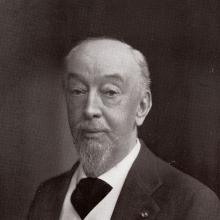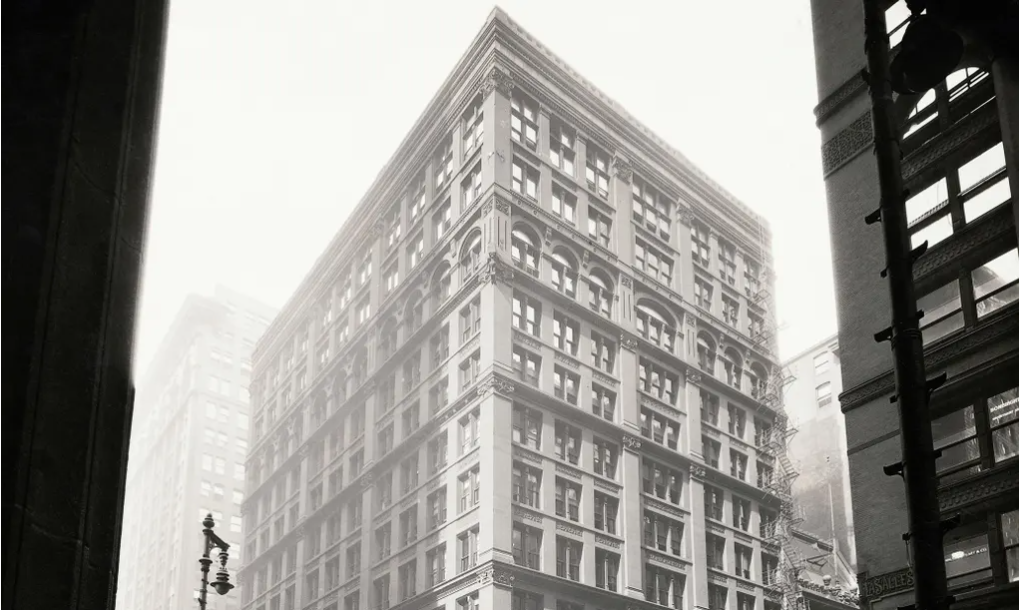Effects
People (mainly insurance companies, citizens, and politicians) started to lobby against making buildings entirely out of wood, and the city made new codes banning the construction of wooden buildings within the city limits, reorganizing the fire department leadership style, and increasing the size of water mains. Some people, however, like politicians, said that metal was too expensive, and many immigrants who were a little short on funding agreed. But though there were opposers, this new and innovative way of building drew architects to the city in droves.


The Home Insurance Building,TheGuardian, 1885
William Le Baron Jenny, parabook.com, Unknown
A new architect, William LeBaron Jenney, came to make new buildings that followed the codes. He realized that the fire-resistant materials provided a much stronger structure than their cheap wood counterparts. This led to the revolutionary Home Insurance Company Building, which used a strong resilient steel frame. This building is now widely acknowledged as America’s First Skyscraper.
Some codes that are still in place today were influenced by the Great Chicago Fire, including having wider streets, fire walls on or between two buidlings, extra insulation must be coated with a synthetic stucco coating, and boilers need to be in a non-combustile material that could burn for at least two hours.
Other architects used this knowledge to design bigger and better structures. Chicago has grown to the second-largest city in the United States, and it’s partially because of a fire and a couple of inventive architects.
After the second Chicago Fire, the new fire codes were officially passed in 1875. After another city fire in Baltimore in 1904, goverment officials began to question building codes of the time, and looking to the few cities with codes (like Chicago) for inspiration to make a national code. This led to the National Board of Fire Underwriters' creation and a national code.